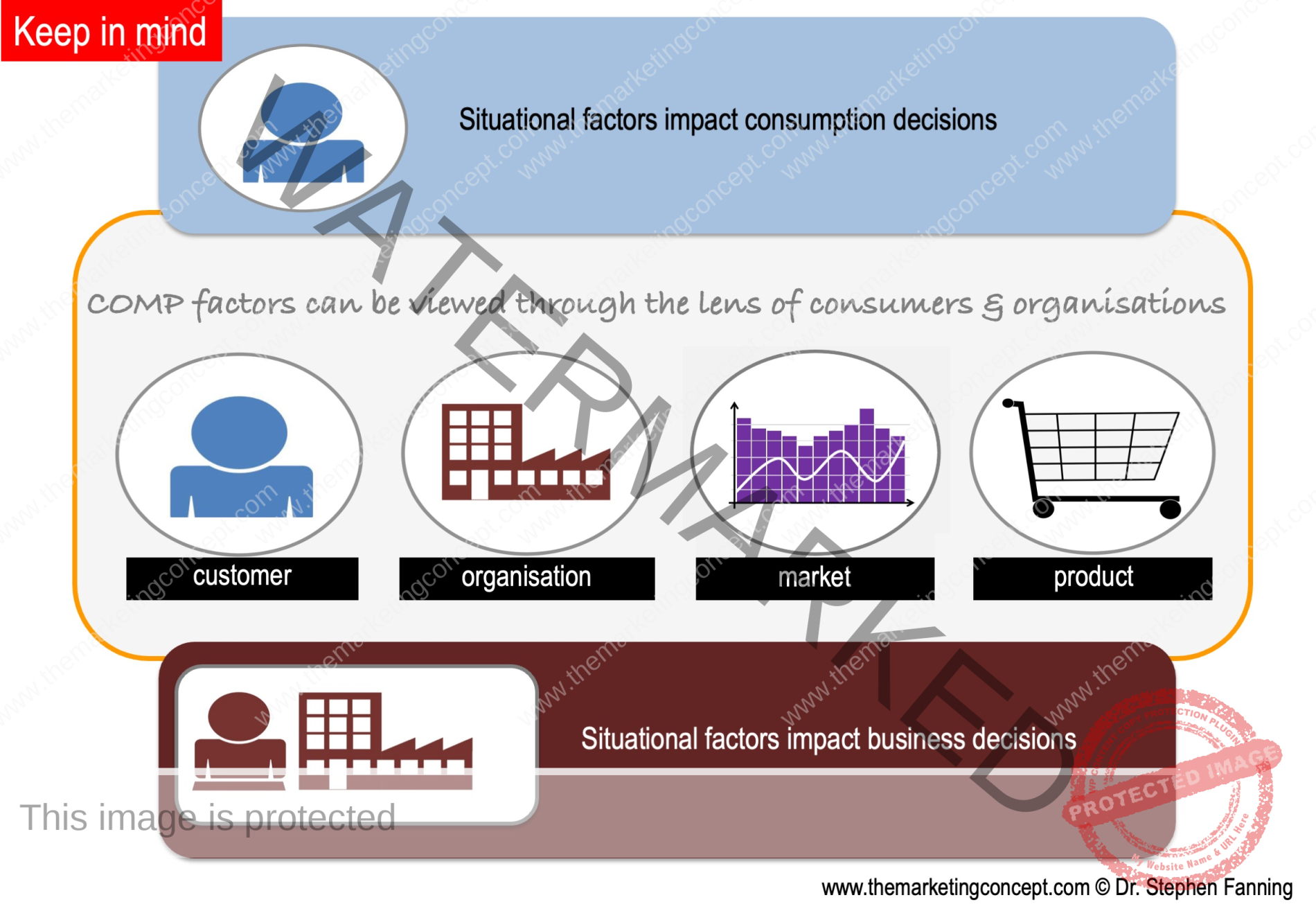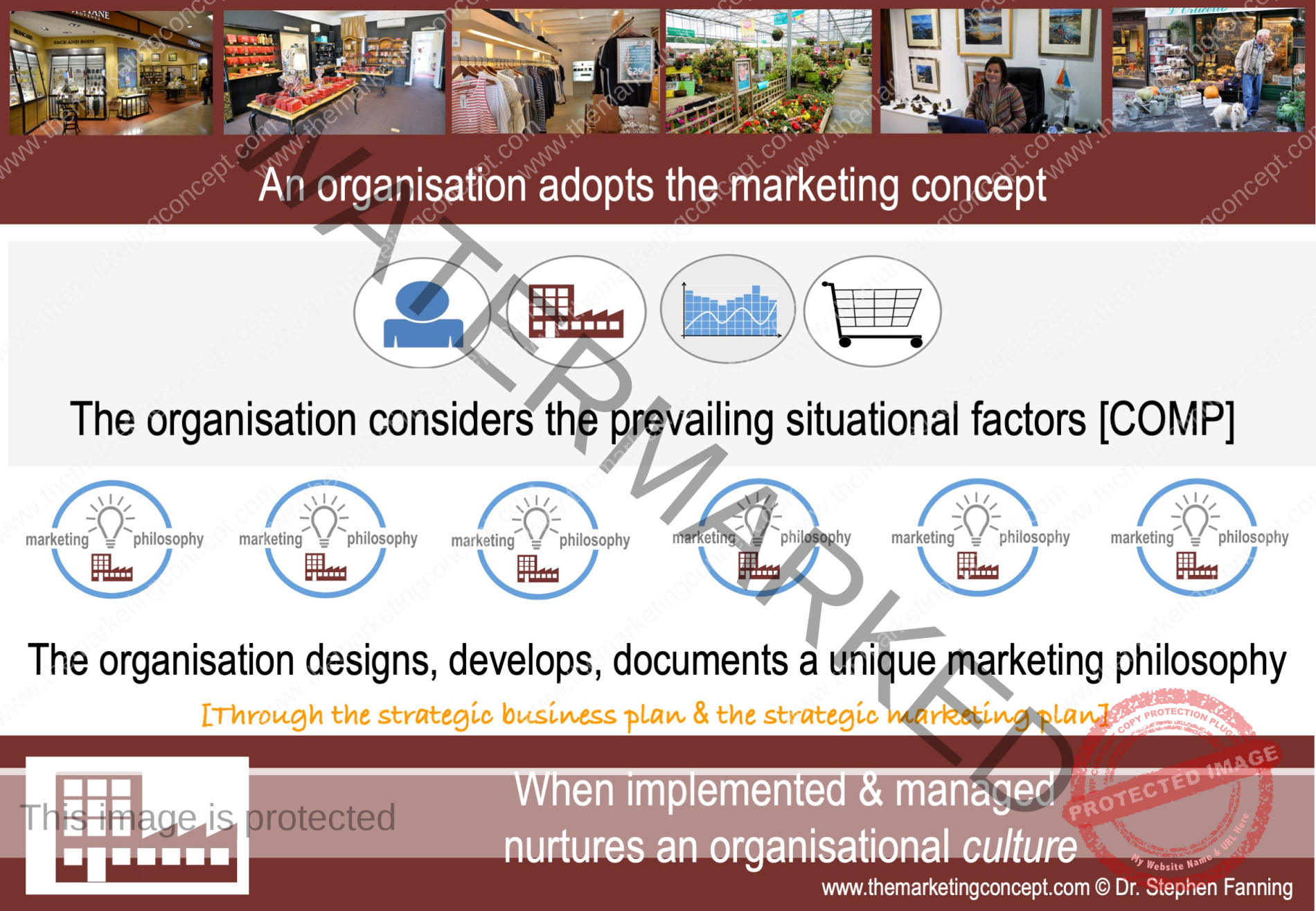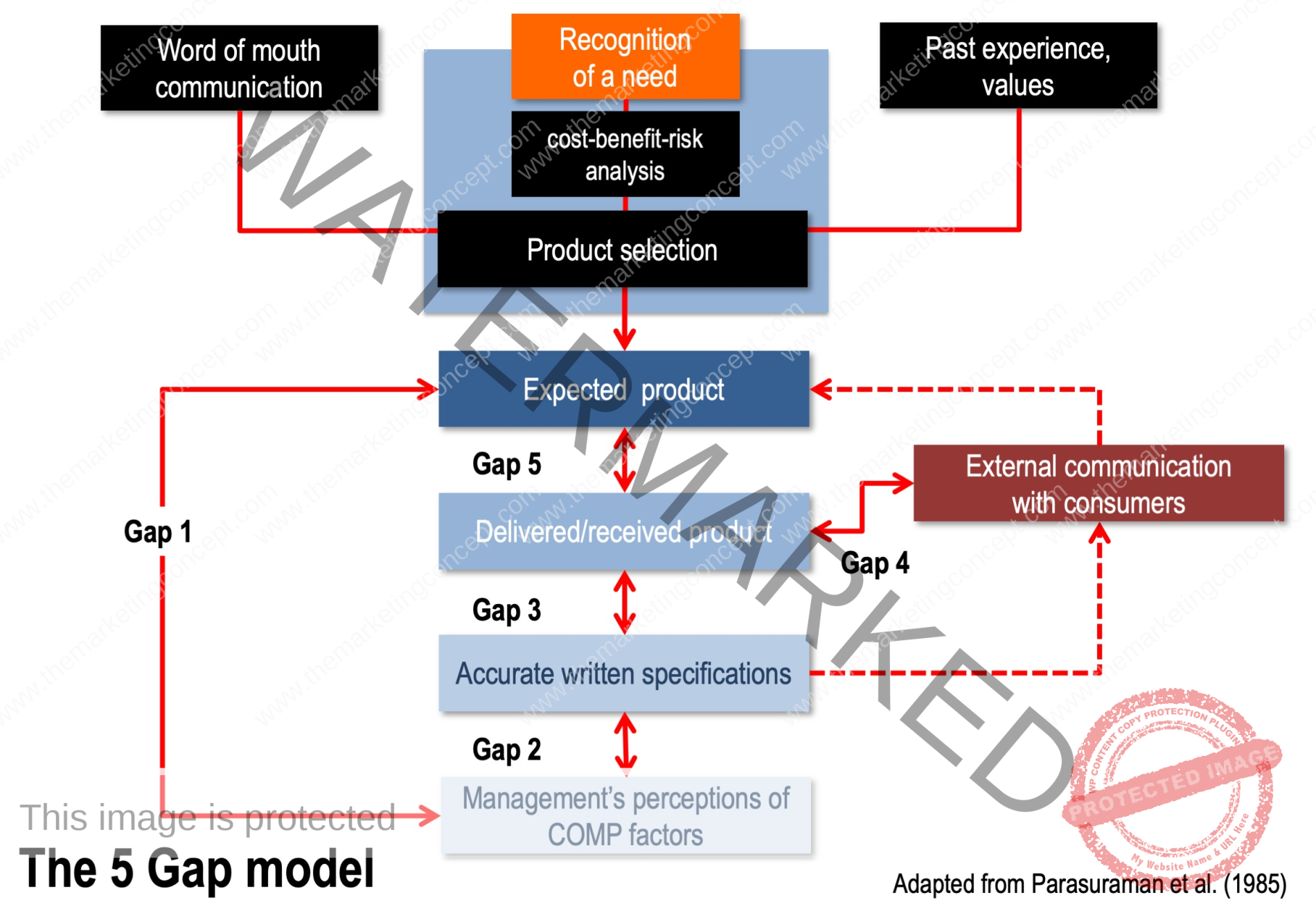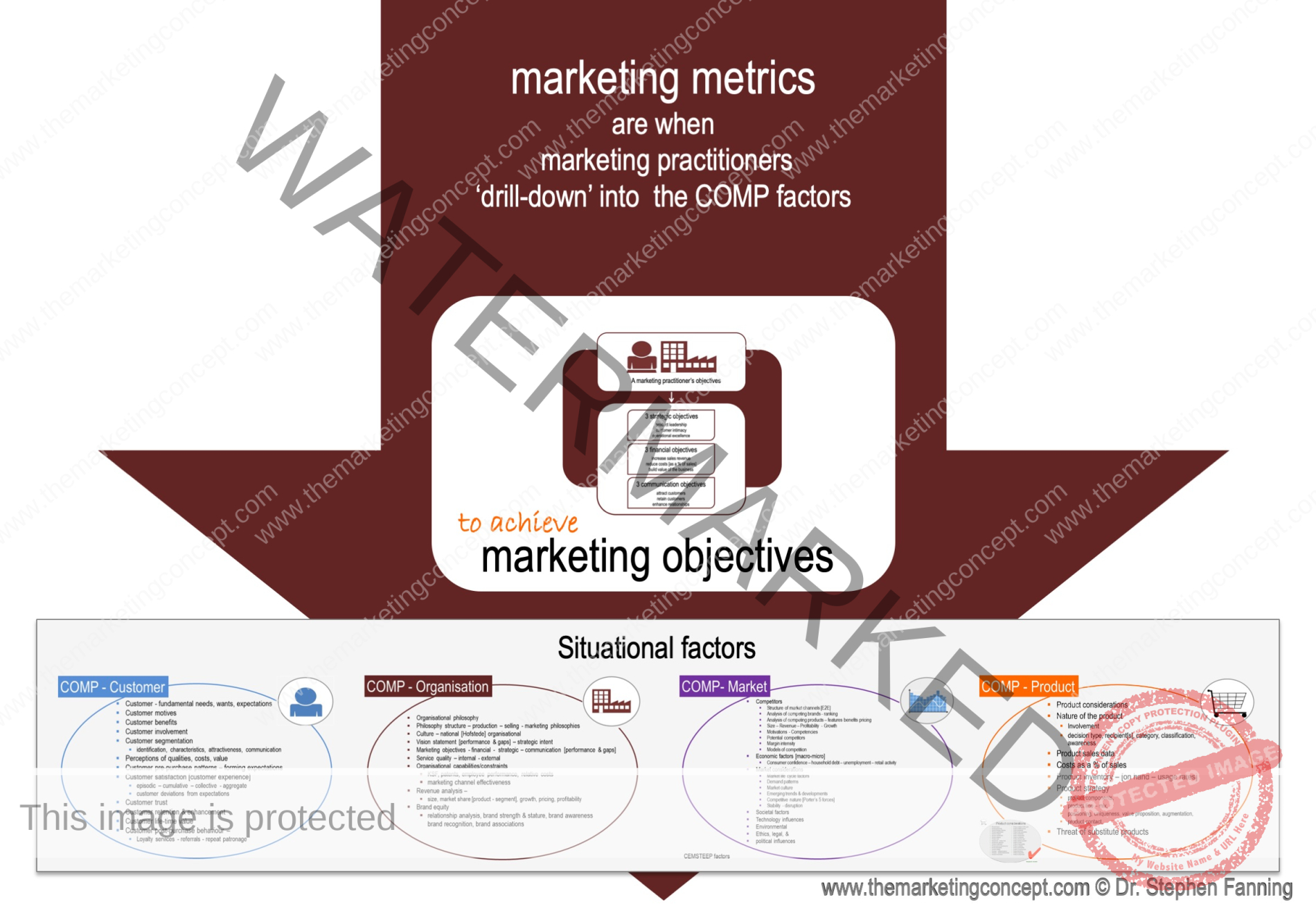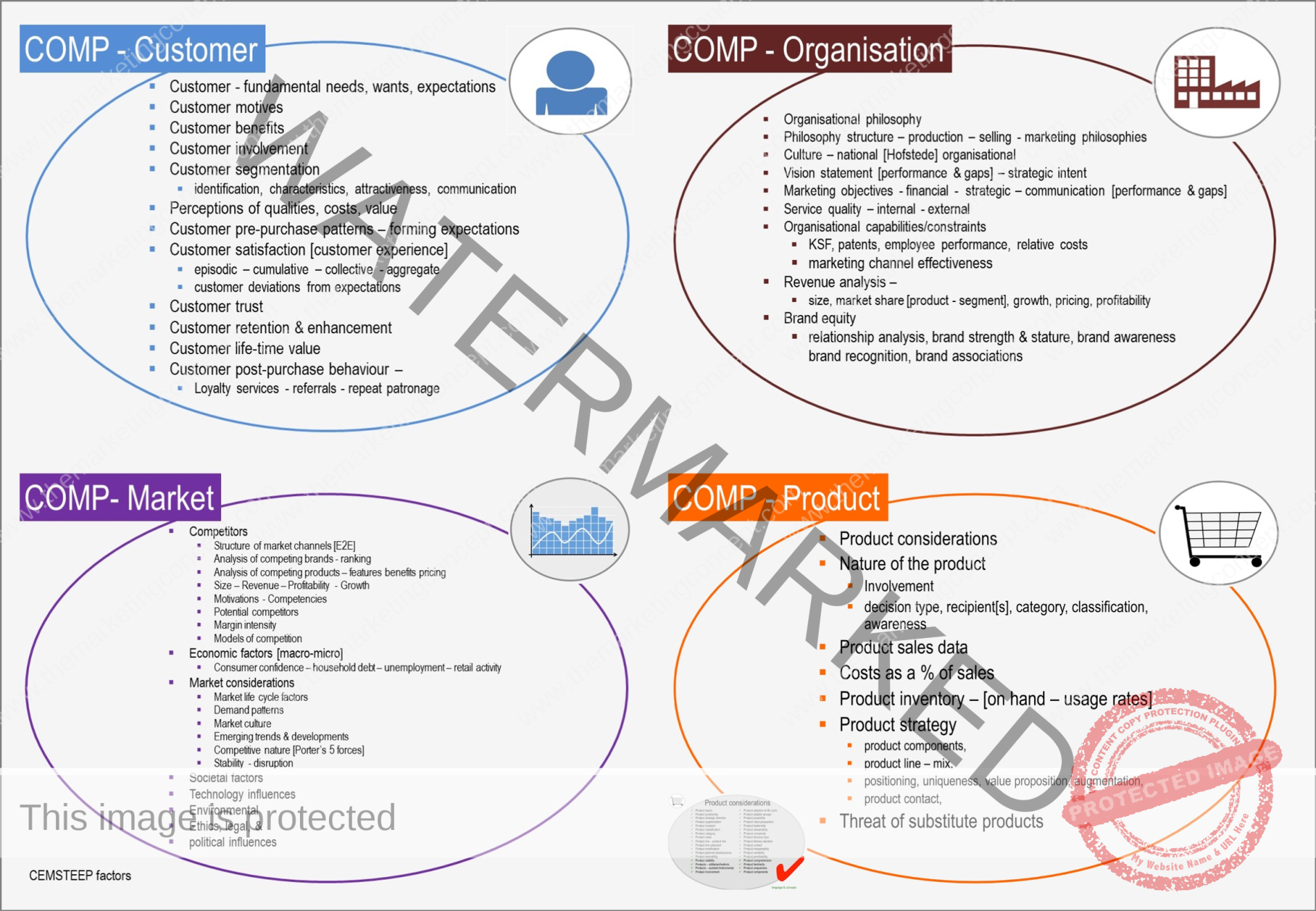
activity: the Italian restaurant renaissance
Stephen Fanning
This activity is fictional, however, it is a scenario that has been played out a thousand times.
We explore the topic of new product development and the evolution of a restaurant. Traditional marketing textbooks often focus on the goods component of a product [e.g., FMCG ‘goods’] and neglect the other product components; furthermore, they often focus and large and familiar brands and ignore small-medium family owned businesses. When we think of new product development it is important to think beyond ‘brand new’ products and consider products that are refreshed, repositioned, and rejuvenated.
Introducing the characters in this activity
The restaurant staff are husband and wife Roberto and Christina, and Roberto’s brothers Michaele, and Philippe. As the activity progresses new characters emerge Neil, Bernadette, and Joseph, and Maddison. Neil and Madison have started a new business consultancy focussed on small-medium enterprises [SMEs]. All have considerable business experience [you may recall the characters from other activities].
In this activity, like so many owners of small-medium businesses Roberto is so busy working in the restaurant that he has forgotten to work on the restaurant.
The marketing concept is focused on best satisfying products, and this implies that if a product is not continually developed [refreshed, repositioned, and rejuvenated] – then in time the original value proposition is devalued and the 9 key marketing objectives become increasingly more difficult to achieve.
In this activity the 4 partners of the business experience an epiphany [an awakening] and return to consider their original value proposition. This is an important point as marketing is about best satisfying and new product development is about evolving with customers and the market.
Background
15 years ago, Roberto and his wife Christina opened an Italian restaurant – the restaurant is open from 5:00pm till late – 6 days a week. This had been a childhood dream of Roberto’s. Initially, Roberto was going to enter into a lease agreement, however, this annoyed his father who was a very conservative ‘Australian-Italian’. He is thankful now and remembers his father emphasing ‘Remember Roberto – we don’t pay rent to no one – don’t pay rent – it is dead money’. Fortunately, his parents had the financial resources to help Roberto and Christina to purchase the building – and when they offered to pay back the loan his parents refused.
The restaurant is situated in what is commonly referred to as a ‘strip mall’. A strip mall is a common type of shopping centre in Australia: there are a number of shops in a row, each shop has a glass front, a covered pavement [a verandah] that connects the different shops, and convenient parking out the front – generally these shopping centres are located on main roads. The arrangements between the shops is less formal than in a shopping mall and not always cooperative. Unlike a shopping mall, there is easy access at night time and this is convenient for the restaurant customers. Until recently there was a café – two shops up from Roberto and Christina’s and next to the supermarket, however, in the last twelve months the café was sold to new owners and closed within nine months. The new owners stated that it was due to high rents and dwindling sales – they also blamed the previous owners for overstating the income – the previous owners blamed the new owners – who they believe were inexperienced, would not listen, and ran it into the ground – the staff blamed poor management – the shop is now vacant, but there are rumours that it will become a nail salon. Christina thinks that with the reduced competition this is an opportunity to open [their restaurant] for the lunch and afternoon teas and increase revenue, reduce costs as a % of sales, and build the value of their business.
To acknowledge their parent’s assistance; around 7 years ago, Roberto invited his 2 younger brothers Michaele and Philippe to join the business, and then 5 years ago, once they had proven themselves, gave them each a 25% share. Roberto and Christina are glad they made that arrangement because both are committed to the business. Roberto and Michaele run the kitchen, Michaele worked as a cook in a mining camp after gaining a TAFE qualification. Philippe, who is two years younger than Michaele, manages the front of house, he studied hospitality management at university. Although this is a partnership and the relationships are generally good – it is clear that Roberto is the boss. Christina, is responsible for customer service but she says – ‘I take the customer orders and serve the meals’. The customers love Christina.
Roberto and Christina have recently returned from a 4-week European holiday – the first ‘real holiday’ they have had since they were married. Roberto has come back full of ideas on how to refresh the restaurant and make it more ‘modern Italian’. Michaele laughs and teases Roberto ‘1,000s of pictures of food and restaurants and I have yet to see a photo of you and Christina?’. Christina just laughs – she knows that in many ways – when she married Roberto she married a restaurant – but acknowledges the restaurant has given them a good life. Christina acknowledges that her role as a mother is evolving and ever since the children have been in high school – she has toyed with the idea of opening the restaurant for sandwiches, coffee, and cakes prior to the restaurant opening in the evening, however, never had the time – but maybe now is the time – and this would allow her to spend the evenings with her children.
Philippe thinks Roberto’s new enthusiasm is ‘about time’; he and Michaele have long wanted to get rid of the faded and dated Italian photographs and the clutter that has accumulated – particularly the empty Chianti bottles on the shelf. Although, the younger brothers feel a more contemporary feel would bring in more customers they are also conscious that they cannot stray too far from customer perceptions of an ‘authentic Italian restaurant experience’ – they often discuss what an authentic Italian restaurant should taste, look, feel, and sound like.
Roberto, feels that the restaurant windows and the outside signage needs a refresh – on this they all agree. But Roberto has no clear vision for what it should be – he just wants it to look good. Over the years the windows have collected a lot of other companies logos; this really annoys Philippe; he wants clear windows, maybe window boxes with flowers and with a large back-lit photograph in each window, Philippe suggests the Amalfi coast and fishing boats as this would send a clear message that they specialise in Italian food including fish – Michaele, loved the idea and suggested a red Vespa in front of one of the Italian scenes.
The younger brothers have been searching Adobe images and istock images and have identified a number of suitable images. They 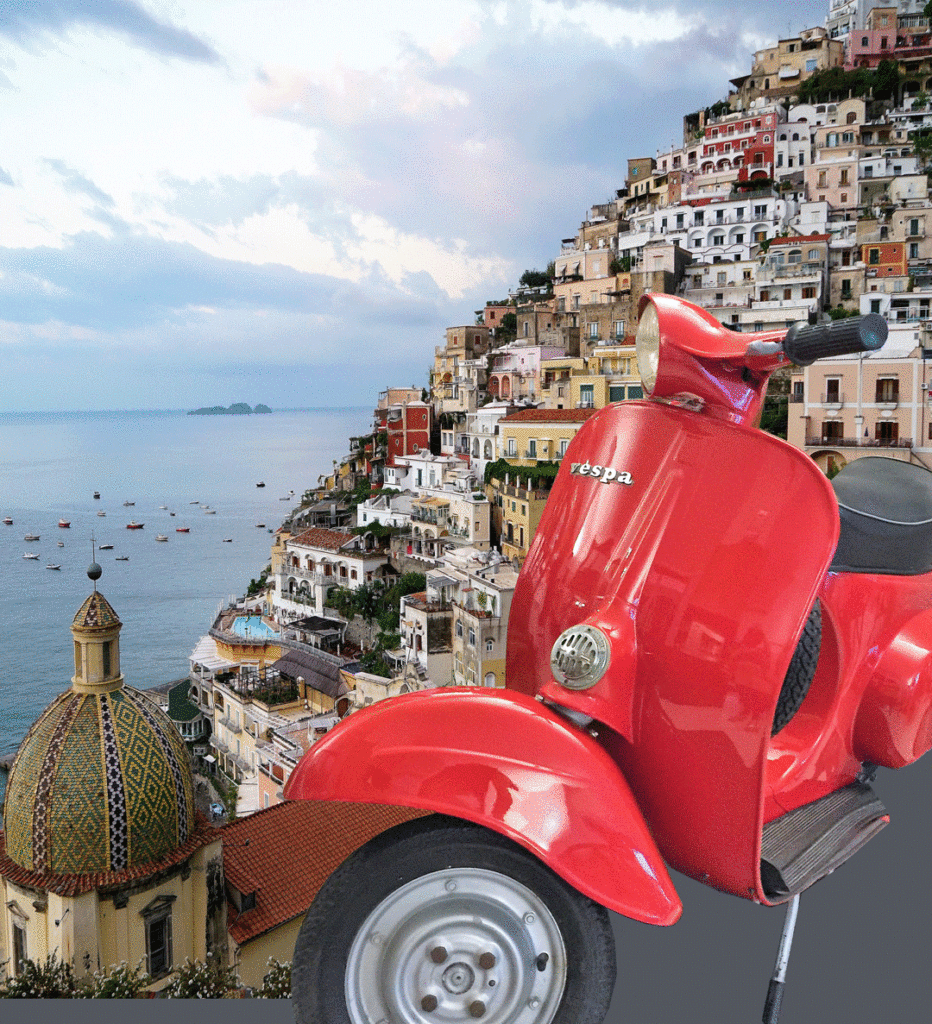 believe if the same image is mirrored on both sides of vinyl and special lighting is installed – a beautiful shop window could be achieved not only outside the shop but inside the shop. Michaele believes that if the images are on a roller blind, they can raise or lower them – so that during the day people can see into the restaurant and at night time they can roll down the blinds and advertise to the passing cars. Maybe they could even change the images for different seasons. Philippe is absolutely certain that if they did the shop window correctly the social media savvy customers may use it as a backdrop for their Instagram and Facebook posts [he is going to keep this quiet as he fears it is a bit out there for Roberto]. Roberto loves the idea and he feels that a back-lit mural could also be mounted on one of the internal walls [he saw this in Milano] and this may give a better more upmarket Italian feel. Christina wants carpet tiles on the wall to attenuate [soften] the noise.
believe if the same image is mirrored on both sides of vinyl and special lighting is installed – a beautiful shop window could be achieved not only outside the shop but inside the shop. Michaele believes that if the images are on a roller blind, they can raise or lower them – so that during the day people can see into the restaurant and at night time they can roll down the blinds and advertise to the passing cars. Maybe they could even change the images for different seasons. Philippe is absolutely certain that if they did the shop window correctly the social media savvy customers may use it as a backdrop for their Instagram and Facebook posts [he is going to keep this quiet as he fears it is a bit out there for Roberto]. Roberto loves the idea and he feels that a back-lit mural could also be mounted on one of the internal walls [he saw this in Milano] and this may give a better more upmarket Italian feel. Christina wants carpet tiles on the wall to attenuate [soften] the noise.
Michaele and Philippe feels that the menus would need to be revamped so that they reflect the new ‘branding’. Roberto suggested to get rid of the oatmeal coloured menus as he now wants white paper, with black text and a big font – this, he explains, ‘is better for older people in low light’. The brothers tease him about getting old – Christina teases Roberto and suggests he visit an optometrist [but she agrees that many customers find the present menus hard to read] – Christina has a collection of menu images on her smartphone.
Philippe is keen to have a more seasonal feel to the menu – he says ‘variety is the spice of life’ – and people will come back more often if there are ‘epistemic qualities’. He also wants a brass and glass menu board, with internal lighting, outside on either side of the door like he saw in one of Christina’s photographs. That way customers can view the menu if they are waiting for friends or waiting for a table when they are busy.
Over the next few weeks many discussions takes place.
Neil, is a regular diner at the restaurant. He has invited his uni friends Bernadette and Joseph for a meal, Pertly social but also as thank you for helping Neil with a new business venture. His partner in the new business venture is Maddison – she has been working for a large management consultancy but has decided on a better work-family-life balance.
During the course of the evening Neil, asks Roberto. ‘how was your holiday?’ Roberto enthuses ‘it was really good I got lots of ideas on how to revamp the restaurant’. Roberto, without taking a breath, outlines his plans.
Neil asks – may I give you some advice? Roberto nods.
1] Put your plan in writing – explore the situational factors – we sometimes refer to these as COMP factors – Customers – who are they and what are their dreams, desires, and demands relevant to your restaurant, Organisation – what is it that you want [financially, strategically, and what you wish to communicate], what are the Market characteristics – this is important for now but more important as you progress year by year, and what is your Product – your total product – the goods, services ideas, experiences, people, and place.
2] Get a professional shopfitter to do the renovation work, they will have it done for the same cost, in half the time, and it will look twice as good, and your family will not argue about unimportant stuff.
3] Neil then states ‘Let the boys have a holiday during the renovation and come back refreshed – they worked really hard while you and Christina were on holiday’.
One of the other guests on this table, Bernadette, a marketing manager who is familiar with the region, states – ‘Roberto, this is my first time here but the first thing I thought of was why don’t you open for lunch; there is nothing around here since the café a few doors away shut – well nothing that is any good – your customers eat lunch everyday and dine out once a month’.
Christina overhears the conversation and asks if Neil and Bernadette if they would like to call in one afternoon and meet with Roberto, Philippe, Michaele, and herself and they could ask their advice.
Roberto enthusiastically agrees and offers them a free meal each – Neil is quick to reject the offer of a free meal. ‘Roberto I am happy to help, I work in marketing and if you don’t mind I am happy to meet with your suppliers and see if they will contribute to the cost of the revamp – they often do – I have been involved with this before, most importantly, what you have to realise is this is my favourite local restaurant – improving it is good for us – we are happy to help.’ The other diners at the table, Joseph, Bernadette, Madisson, agree.
Bernadette then addresses Christina – ‘remember it is all in the strategic plan – fail to plan is a plan to fail’.
As Neil, Bernadette, Madisson, and Joseph leave the restaurant, Joseph suggests that Neil should write an article to help small-medium business owners to better understand the business-marketing planning process and the key steps in the process. Joseph states ‘Even if you just publish it on LINKEDIN it will help them to understand just how critical the CADDIE business planning process is‘. They all agree.
That evening Neil sits down to write the article. He doesn’t want to embarrass Roberto and Cristina so he decides just to refer to the restaurant as ‘his favourite Italian restaurant‘.
Also that evening, an excited Philippe talks to his mother and dad [he still lives at home] about their plans and states that when he was at university, studying hospitality management, they often talked about the total product, product value proposition, and new product development process and now he has a chance to help create a new product and a business plan. The boy’s parents smile – bella figura [keeping a good face] is important to Italian people. Later that night the parents agree to put a little bit of money into the project – ‘just to help them out – after all it’s not fair on Roberto and Christina to put all the money up – family is everything they agree’.
That night Christina dreams of ice cream, tirimisu, amaretto biscotti and cannoli filled with vanilla custard. Philippe dreams about the back-lit signs with a red Vespa and new easy to read menus. Michaele dreams of the new Italian meals he can create. And Roberto dreams about Italian music serenading happy and satisfied customers.
Topics for discussion
The guests at this restaurant are Neil, Bernadette, Maddison, and Joseph,have significant business experience. Each guest agree that a more formal business-marketing planning process would be beneficial for businesses in general and for the Italian Restaurant. Moreover, without the rigour of a business plan marketing plan, marketing action plans, and a proper budget – the strategic intentions may not be realised in either Roberto’s refresh of the restaurant or Christina’s cafe project. DISCUSS.
They also see that Christina is a key player in the restaurant and although Maddison suspects that she wishes to spend more time with her daughters in the evening; her change of role would need to be managed. Maddison also believes that the CADDIE business-marketing planning process for the start-up cafe and the established restaurant are quite different. DISCUSS.
Consider the activity and discuss how the CADDIE process could be employed by this business [and others] to ensure a more professional business approach. Compare the approach to planning by Roberto and Christina to a more formal business-marketing planning process. DISCUSS.
Explore your understanding of the marketing concept, a marketing philosophy, the 3 mega-marketing concepts, the 9 objectives of a marketing practitioners. How would these concepts influence
- the collection and analysis of information.
- the design and development of a marketing plan and the marketing action plans.
- after implementation how would this information be employed to evaluate performance.
How would the context outlined in this activity influence how the business-marketing process would differ from other businesses?
Consider this activity from the business-marketing planning process
- Discuss how the business-marketing planning process may develop as the years progressed?
- Would it assist the staff to make decisions that are more consistent with the strategic intent of the business?
- Identify how the CADDIE process would assist Roberto, Christina, Michaele and Philippe to audit the effectiveness of their product offerings?
In five years time & in your opinion could a more rigorous business marketing planning process enable the following:
- Enable Michaele and Philippe to demonstrate the value of the business and secure finance to purchase Roberto and Christina’s share – elaborate why you came to this decision?
- Could new restaurants be opened and could they be franchised? Explain why the business marketing process is so important if this direction was taken.
Summary
This activity is full of great ideas and intentions, however, it does feel a little chaotic. This is reinforced by Neil, a marketing consultant, who is suggesting a more formal business-marketing planning process is needed. He believes that without the rigor of a business plan marketing plan, marketing action plans, and a proper budget – the strategic intentions may not be realised in either Roberto’s refresh of the restaurant or Christina’s cafe project.
Consider the activity and discuss how the CADDIE process could be employed by this business [and others] to ensure a more professional business approach. Compare the approach to planning by Roberto and Christina to that outlined in themarketingconcept [e-book].
Explore your understanding of the marketing concept, a marketing philosophy, the 3 mega-marketing concepts, the 9 objectives of a marketing practitioners. In addition, identify the business-marketing planning process and in particular the design and development of a marketing plan and marketing action plans.
Areas to consider before the discussion
Consider the total product
- The potential product [as in total product – product layers] relates to the positioning of a new product or the repositioning of an existing product.
- Consider Christina’s Cafe project from the perspective of new product development. What are your thoughts?
- This activity draws attention to the importance of place [servicescape] to create an experience – an authentic Italian restaurant experience. The product components [as in total product – product components] are inferred within this activity. When answering this activity ensure you:
- Identify the goods, services, ideas, experiences, people, and place components.
- Which product component [in your opinion – there is no right or wrong] is the dominant product component – and why?
- What product qualities [remember quality is the some of the qualities] are needed to make this product an authentic ‘Italian’ experience?
- Keeping in mind amplifying social media – identify how social media platforms could be employed to communicate and increase communication reach and reduce costs [as a percentage of sales].
- The circle of satisfaction outlines how a competitive advantage is achieved
- Consider customer loyalty –
- What role would loyal customer behaviour play in the success of the business?
- How could the business create a loyalty/reward programme?
- Consider customer loyalty –

